Best headphones 2018: Your definitive guide to the latest and greatest audio
Best Headphones 2018: Welcome to TechRadar's comprehensive round-up of the best headphones in every style and at every price point in 2018.
We've all bought headphones that were just OK. Headphones we could wear for a few weeks, maybe, and then just toss them out if we didn't like them. They were from discount bins or check-out lines and they served a very specific (and short-lived) need.
We're not here to tell you not to buy those kinds of headphones anymore. What we will tell you, though, is that the disposable headphone lifestyle isn't one that leads to the best experience – either for you or for your music.
Not only are cheap headphonese built to fall apart, but they're not physically not capable of delivering the audio experience artists and directors set out to achieve in your favorite movies, albums and TV shows.
TL;DR: They're cheap and basic, sure, but they're not good.
It's our mission to hook you up with a pair of great-sounding headphones. The best headphones money can buy - even when you're on a budget.
To that end, we've listened to hundreds of headphones over the years of every make, model and variety to create list-after-list of the best noise-cancelling headphones, the best wireless headphones, the best earbuds, etc...
We encourage you to take a look at all the headphone lists here on TechRadar - but, if you're in a hurry and just want to see the best headphones, period, this is the place for you. What you'll find below is our selection of the best headphones for each form-factor, and we've even picked out a less-costly option for each so that a lack of finances won't stop you from finding a pair of headphones you'll truly love.
[Update: If you're in the market for the latest and greatest noise-cancelling headphones, you should know that Sony has just released a sequel to its WH-1000XM2 headphones – and they're really good. Check out our review of the Sony WH-1000XM3 to find out more!]
- Best in-ear headphones: 1More Triple Driver In-Ear Headphone
- Best budget in-ear headphones: RHA S500u
- Best on-ear headphones: Grado SR60e
- Best budget on-ear headphones: Urbanears Plattan II
- Best over-ear headphones: B&W P9 Signature
- Best budget over-ear headphones: Audio-Technica ATH-SR5BT
- Best noise-canceling headphones: Sony WH-1000XM2
- Best wireless headphones: Beyerdynamic Amiron Wireless
- Best budget wireless headphones: Plantronics BackBeat Pro 2
- Best Bluetooth earbuds: Optoma NuForce BE Sport4
- Best true wireless earbuds: Jabra Elite 65t

After spending a few weeks with both the 1MORE Triple Driver in-ear headphones and the 1MORE Quad Driver in-ear headphones we were blown away at just how much value each one gave in their prospective price ranges.
For $100 (£100, about AU$168), it’s hard to think of a better sounding and built headphone than the 1MORE Triple Driver. (That said, if you want just that little extra refinement and luxury materials, the 1MORE Quad Drivers are still a bargain at twice the price.)
There’s very little we can fault the Triple Drivers for. Its rubber cable is annoying and its remote control feels cheap but these are just nitpicks. But, for its price, it’s impossible to do better than 1MORE's Triple Driver in-ear headphones.
Read the full review: 1More Triple Driver In-Ear Headphone
- Want more options? Check out our full guide to the best in-ear headphones.

If you have a tendency to lose or break headphones but still value sound quality, it’s hard to think of a better value than the RHA S500u. These headphones have no business sounding so good for the price: Sound quality is balanced with a slight mid-bass bump. Bass is slightly emphasized but not egregiously and features good impact while maintaining good control. And highs, while sibilant at times, makes music sound more exciting.
Read the full review: RHA S500u
- Want more options? Check out our guide to the best headphone deals.

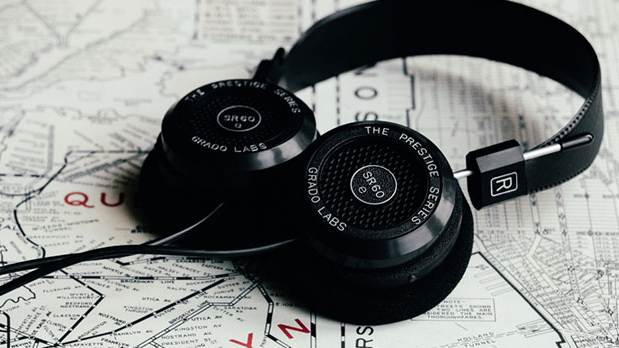
For your money, you can't do any better than Grado's SR60e. The third-generation of the Brooklyn, NY-based company's Prestige Series is its best and most refined yet. The SR60e in particular is a smart choice if you're looking for an entry-level set of headphones that sounds like it should cost you way more than it does. Its open-backed ear cup design makes them a more breathable experience than what most on-ear headphones can deliver. In a few words, it's our gold-standard when it comes to on-ears.
(Our review is for the SR60i, but the newer SR60e headphones are largely similar in design and performance.)
Read the full review: Grado SR60e
- Want more options? Check out our guide to the best on-ear headphones.
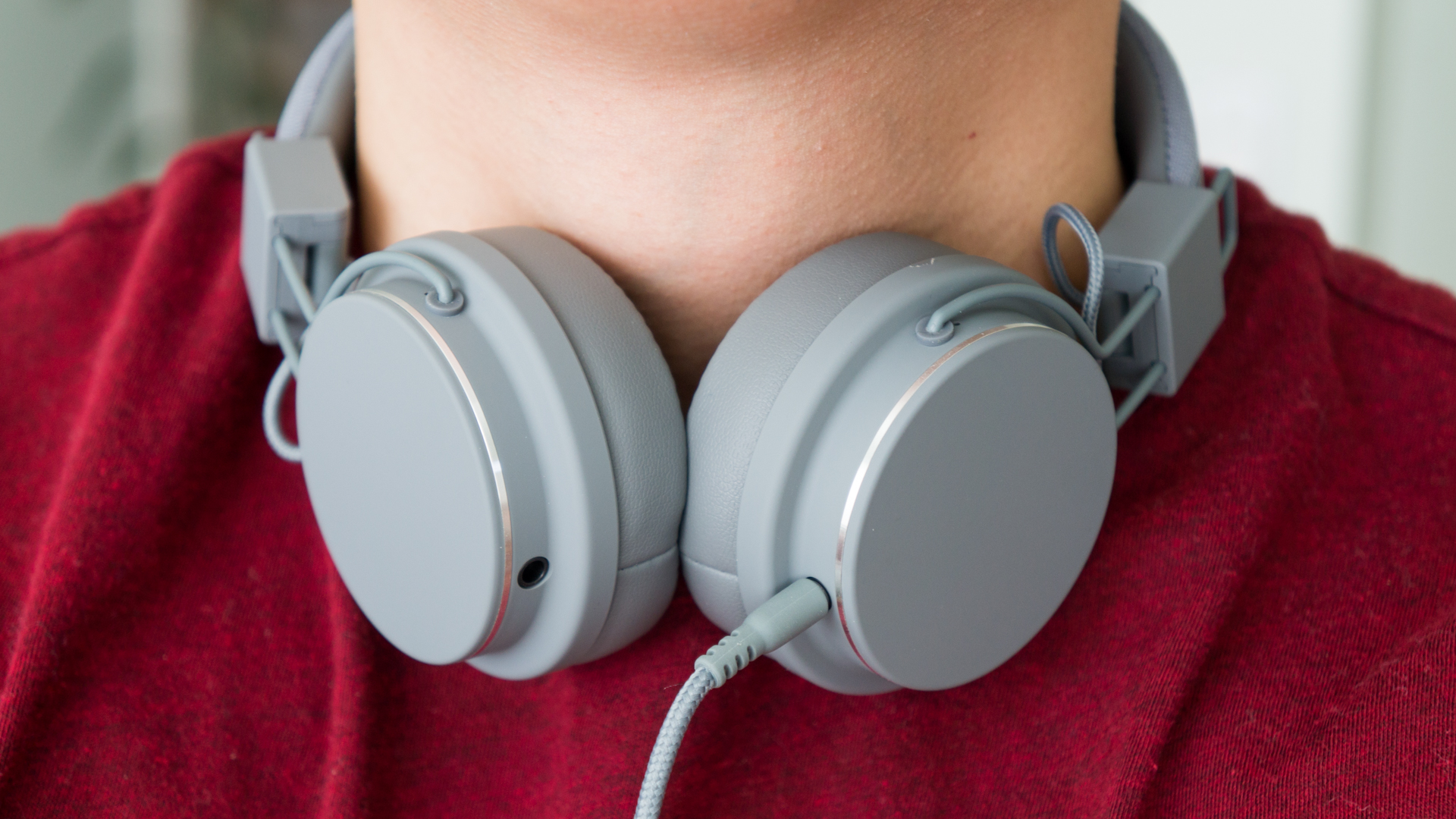
While the original Plattan headphones were just fine for a pair of on-ear headphones, Urbanears wasn’t satisfied with being mediocre. The company took customer feedback to heart and addressed many complaints about comfort, sound quality and isolation. For the most part, Urbanears succeeded, making the Plattan II a worthy sequel to the company’s most popular headphone.
In short, these are basic headphones without a ton of features. But, because they're feature-light, you get a good-sounding pair of wired headphones for significantly less than you would otherwise.
Read the full review: Urbanears Plattan II


The Bowers & Wilkins P9 Signatures are simply some of the best-sounding headphones we’ve ever used. They have a tight, refined sound that offers an almost unmatched level of detail.
That said, the fact remains that they’re a comparatively feature-light pair of cans. If you want to spend less then you can get a much more portable pair that’ll be better suited to the morning commute or a plane ride thanks to additional features like noise-cancellation and Bluetooth connectivity.
But, if you’re looking to invest in a seriously high-quality pair of headphones to listen to a high-quality music collection, then there are few that can match the P9s at this price point.
Read the full review: B&W P9 Signature
- Want more options? Check out our guide to the best over-ear headphones.
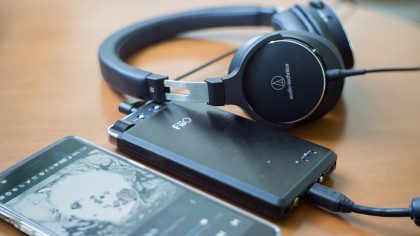
Audiophiles typically shun wireless headphones because of poor sound quality. However, Bluetooth audio has improved tremendously over the years. There are now plenty of wireless headphones that can please the music enthusiast, with Hi-Res Audio support being more and more prevalent.
That said, the Audio-Technica ATH-SR5BT feature some of the best wired and wireless sound quality for a headphone under $200 (£150). They play well with all music genres and offer a near-flat response curve. They're extremely comfortable for long listening sessions and are well built. Battery life is equally impressive with nearly 40 hours of playback from a charge. And while they lack some features of more expensive wireless headphones like active noise cancelling and multi-device pairing, these are tradeoffs worth making for phenomenal sound.
Read the full review: Audio-Technica ATH-SR5BT
- Want more options? Check out our guide to the best over-ear headphones.

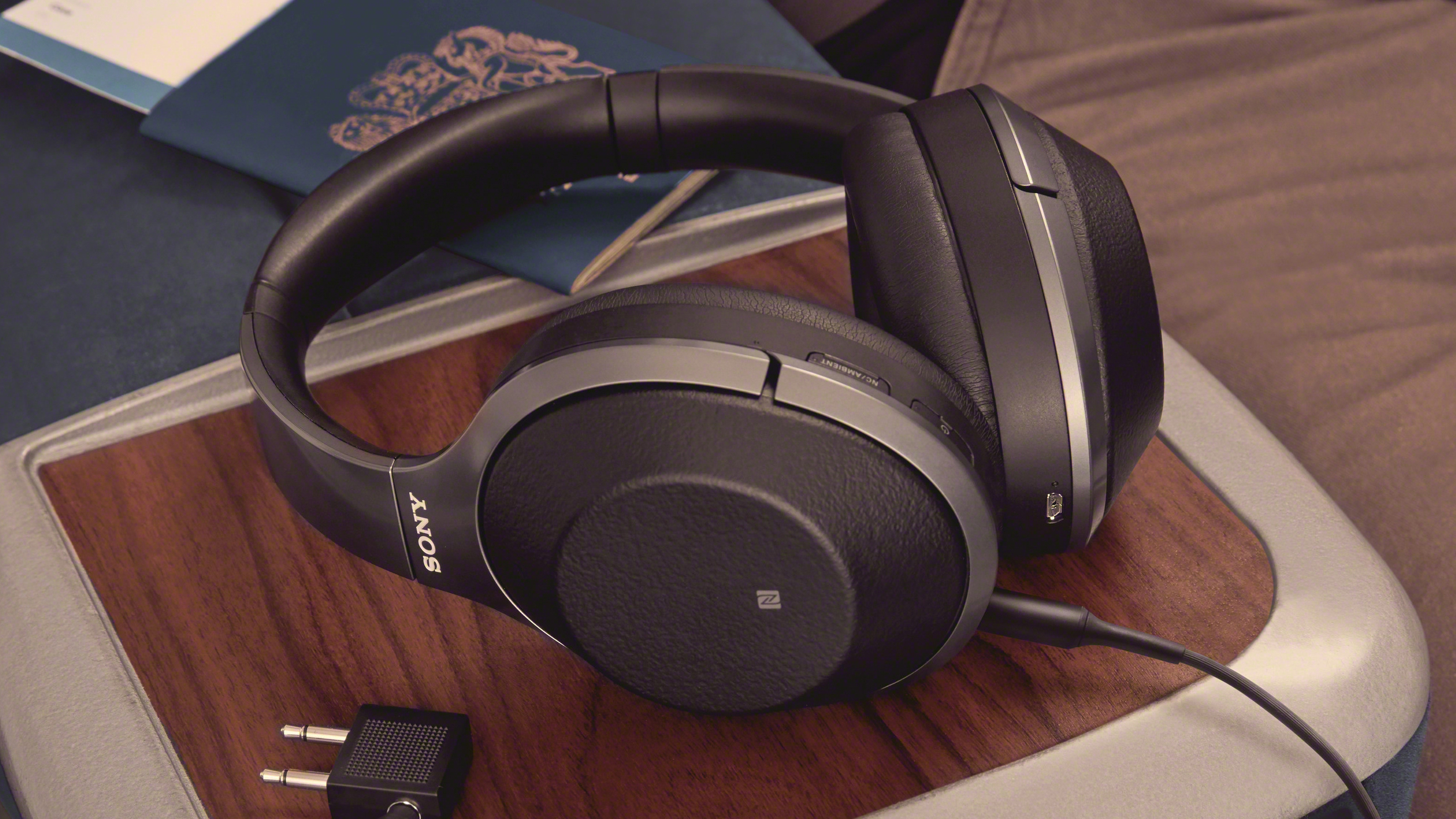
When you buy a pair of noise-cancelling headphones, you're often trading sound quality for the ability to block out outside noise. It's a trade that we've been willing to make for years because, honestly, we just hadn't been able to find a headphone that could do both noise-cancellation and Hi-Res audio.
Until now.
The Sony WH-1000XM2 is the follow-up to the surprisingly great MDR-1000X. They might have a slightly shorter battery life than Bose’s flagship over-ear headphones, the QuietComfort 35, but Sony’s WH-1000XM2 outclass the QC35 in terms of both performance for the price and overall feature-set.
Read the full review: Sony WH-1000XM2
- Want more options? Check out our guide to the best noise-cancelling headphones.


The Beyerdynamic Amiron Wireless are the best-sounding wireless headphones you can buy, period. Sound is spacious, detailed, and makes you want to rediscover your music library. Their bulky design and average noise isolation make them terrible for travel but if you’re looking for the best sound from a wireless headphone, this is it.
Read the full review: Beyerdynamic Amiron Wireless
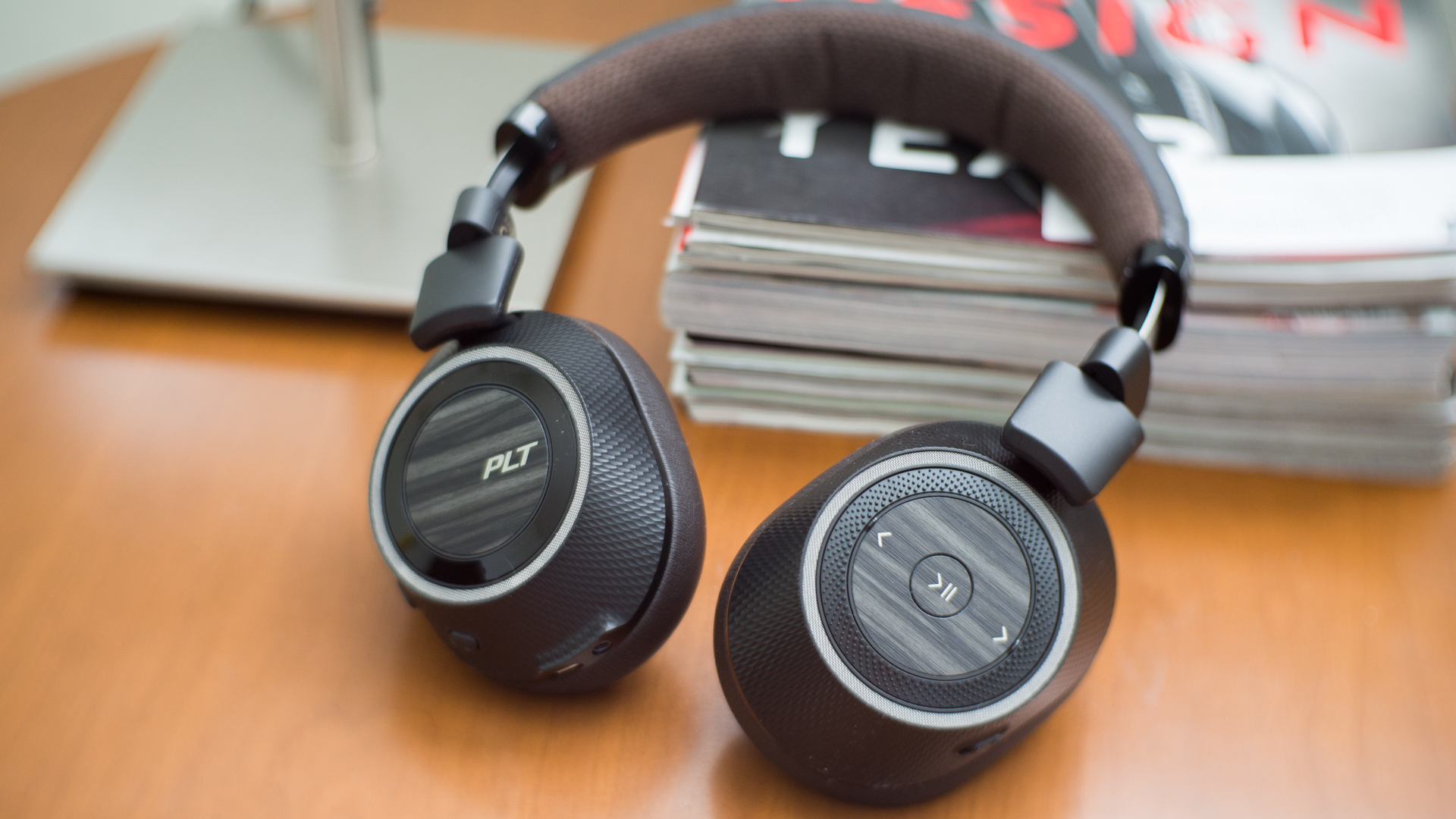
If you're a frequent traveler you're probably all too familiar with headphones that can't hold a charge and can't block out sound, let alone sound very good. Let us introduce you to the Plantronics BackBeat Pro 2, one of the few headphones on the market that can do all of the above and cost less than half as much as one of the bigger names like Beats, Bose and Sony.
They also include a neat little feature that allows them to automatically turn off when you're not wearing them, meaning you're able to easily maximise their battery life without much effort.
If we had to boil it down to its core, the BackBeat Pro 2 offers an excellent travel headphone with incredible battery life, supreme comfort, the ability to pair two device as once and, most importantly, good sound quality for the cost.
Read the full review: Plantronics BackBeat Pro 2
- Want more options? Check out our guide to the best wireless headphones.
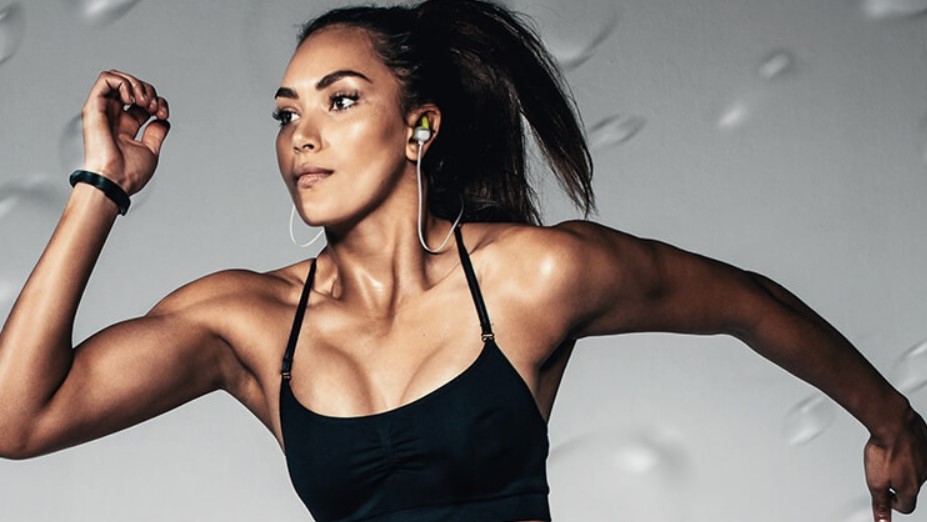
The NuForce BE Sport4 wireless earbuds are that rare find: earbuds that are good for basically all situations. While they're specifically designed for use in the gym and on the track, the BE Sport4 do an awesome job isolating audio in a crowded city environment and are even good enough for home listening.
The BE Sport4 earbuds have claimed 10-hour battery life, which we found to be pretty close to the mark in our time with them, and from empty you can get two hours of use from just a 15-minute charge – ideal for those needing a quick top-up while they put on their trainers and pack a gym kit.
Consider this a warning shot fellow audio manufacturers: build and audio quality do not need to be sacrificed in order to keep earbuds affordable.
Read the full review: Optoma NuForce BE Sport4
- Want more options? Check out our guide to the best wireless earphones.
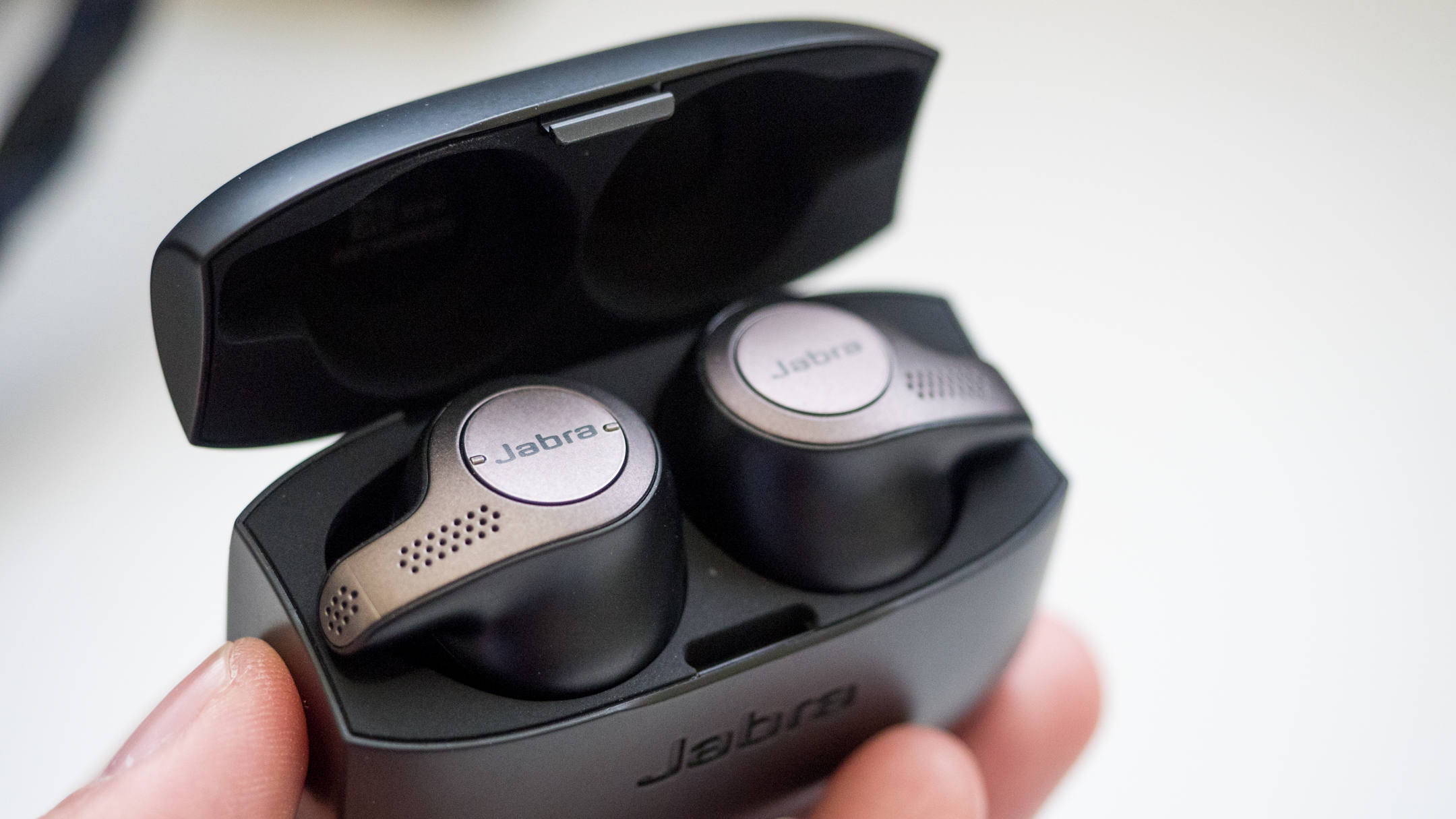
All things considered, the Jabra Elite 65t are one of the best truly wireless headphones you can buy today. They cost slightly more than the Apple AirPods but they also offer better sound quality, noise isolation and adjustable ambient noise when you want it. And if you don’t like the design of the odd, alien-looking AirPods, the mature, understated look of the 65t may be to your liking.
While the Jabra Elite 65t are easily one of the highest scoring true wireless headphones we've reviewed, there are a few others on the market worth considering: If you want a pair of exercise earbuds, there’s the Jabra Elite Sport which has a higher water resistance and handy sports-oriented features. For audiophiles who don’t mind stretching the budget, the active noise cancelling Sony WF-1000X are an excellent choice. Bassheads will want to try the SOL Republic Amps Air.
If you only have the budget for one of these, though, go for the Elite 65t.
Read the full review: Jabra Elite 65t
- Want more options? Check out our guide to the best true wireless earbuds.
Press on to page two to see how to pick out a good pair of headphones along more of our recommendations.
Check out our videos below for a roundup of the best headphones available.
There's usually more to a set of headphone than meets the eye. As such, we've provided a breakdown of what you can expect to find in each kind of headphone.
Not only will learning more about headphones help you make a more informed purchase, but you'll know when you're really getting your money's worth.
What headphones should you buy? Check out our video below for everything you need to know.
In-ear headphones
This type of headphone, more commonly referred to as an earbud or earphone, is usually the cheapest and easiest way to pump audio into your ears. If you've purchased an MP3 player, or more recently, a smartphone, it's likely that a set was included with the purchase.
Earphones rest in or just outside the ear canal, creating a tight seal to keep air out and sound in. Compared to other types of headphones, these are the most discreet ones you'll find. Their small form-factor also makes them the king/queen of portability and the prime choice for athletes.
You're not likely to find strong performers at the low-end of the price spectrum. Their sound delivery is generally muddled, lacking bass and overcompensating for that with harsh mids and highs. That said, it won't cost you much money at all to find a value-packed option complete with inline controls and a microphone.
On-ear headphones
While similar to over-ear headphones in appearance, they fit to your head a little differently. Instead of enveloping your ears with a soft cushion, on-ear headphones create a light, breathable seal around your ear. Thus, the noise isolation is much less effective than in-ear or over-ear options. This might be a dealbreaker for some, but there are big benefits to consider here.
On-ear headphones are usually more portable than their over-ear brethren, and as such they appeal to travellers and the fitness crowd. Taking a walk or a jog around town is also safer, as you can hear traffic go by and be aware of potential hazards.
Over-ear headphones
This ear-muff style of headphone generally provides greater richness and depth of sound, which allows listeners to pick apart the instruments and sounds much easier. Additionally, over-ear, or circum-aural headphones, go around the ear and offer a generous amount of padding.
The price range for a set of on-ear headphones begins around $100 and from there, the sky's the limit. For example, the Oppo PM-1, while excellent, are priced exorbitantly at $1,099. It's definitely not necessary to spend that much. That said, you tend to get what you pay for.
If your headphone budget is in the $2-300, you'll start getting into options that have excellent build quality, premium materials and amazing sound and features like ANC (active noise cancellation.)
Wireless headphones
This style of headphone doesn't limit you to a specific form factor like the others. In fact, you can find in-ear, on-ear and over-ear headphone styles sans wire.
Opting to go wireless will cost you a premium of anywhere between $50-100 over the price of wired cans. Going futuristic isn't cheap. One important thing to consider is that your music player must support the Bluetooth wireless protocol, as it's required to use this type of headphone.
Speaking of Bluetooth, it has become exponentially more reliable over time, but it's always susceptible to disturbances in the force. In short, any little thing, from the understandable (conflicting Wi-Fi signals, microwaves, cordless telephones), to the absurd (sticking a hand in the space between the device and the headphones) can sometimes interrupt a wireless listening experience.
Noise-cancelling headphones
This category, like wireless headphones, isn't limited to a form factor. You can find this clever mix of technologies integrated into the ear pieces of in-ear and over-ear headphones alike.
Many companies falsely claim to offer true noise cancellation with just the padding included around the ear cups. Don't believe it. This is PNC (passive noise cancellation), and it doesn't amount to much. You can even replicate this effect by cupping your hands around your ears, so why shell out the big bucks for it?
On the other hand, ANC (active noise cancellation) is the real deal. This technique employs a set of external microphones, which detect the decibel level outside. Once it has an idea of the incoming noise level, the headphone speakers inside transmit a noise generated to dampen the racket. The end result is an effect that hushes the outside noise, allowing you to focus.
Contributer : Techradar - All the latest technology news https://ift.tt/1FIrMoP

 Reviewed by mimisabreena
on
Thursday, September 13, 2018
Rating:
Reviewed by mimisabreena
on
Thursday, September 13, 2018
Rating:













No comments:
Post a Comment